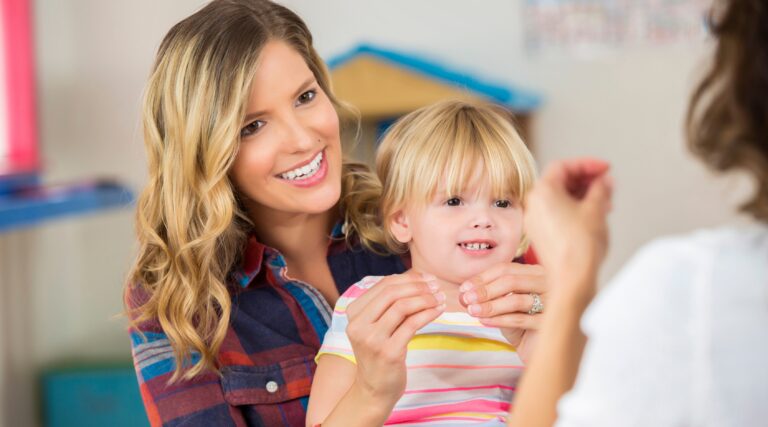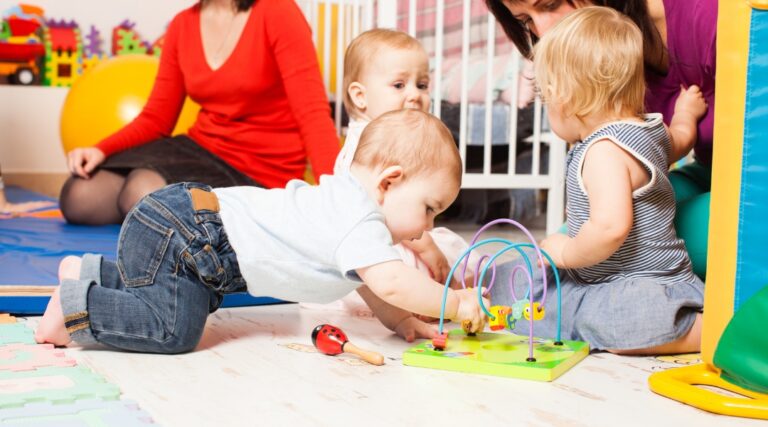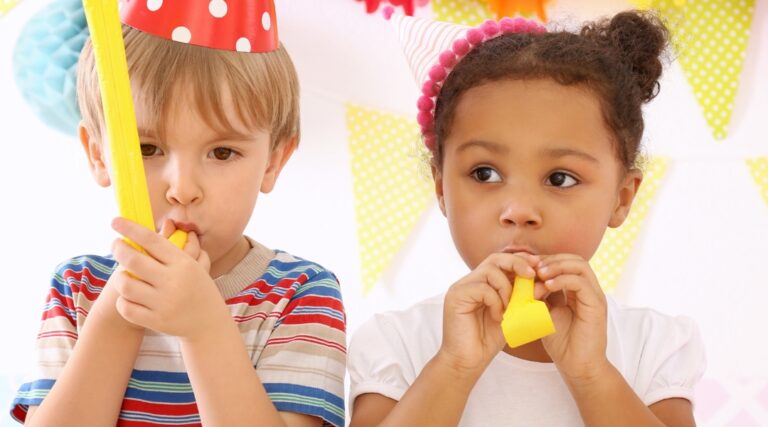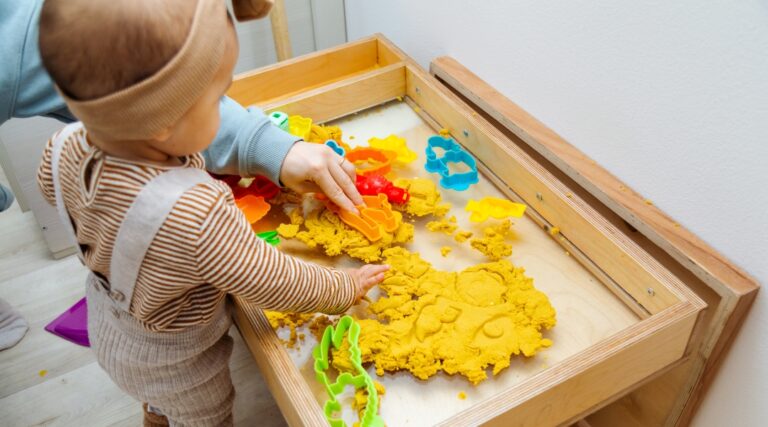How to Encourage Children to Take Risks in a Safe Environment
Risk-taking is a natural part of childhood development and plays a crucial role in helping children learn and grow. However, as caregivers and educators at Little Pioneers Arcadia Vale, it’s important to create a safe environment where children can take risks without fear of harm. Here are some strategies for encouraging children to take risks in a safe and supportive environment:
Provide Supervision
While it’s important to allow children to take risks, they should always be supervised to ensure their safety. Supervision should be attentive and proactive, anticipating potential risks and intervening when necessary.
Create a Risk-Aware Environment
Design the physical environment to include age-appropriate challenges and risks, such as climbing structures, balance beams, and natural elements like rocks and logs. Ensure that these elements are safe and well-maintained.
Encourage Risk Assessment
Teach children how to assess risks and make informed decisions about what is safe and appropriate for them. Encourage them to think about potential consequences and how they can mitigate risks.
Promote Independence
Encourage children to take on tasks and challenges independently, allowing them to build confidence and resilience. Offer support and guidance as needed but allow them to take the lead.
Foster a Growth Mindset
Encourage a positive attitude towards challenges and setbacks, emphasising that mistakes are opportunities for learning and growth. Encourage children to embrace challenges and not be afraid to try new things.
Provide Positive Reinforcement
Praise children for their efforts and bravery in taking risks, regardless of the outcome. Celebrate their courage and willingness to try new things, even if they don’t succeed.
Teach Safe Risk-Taking Behaviours
Teach children how to assess risks and take calculated risks. Teach them to look before they leap, use safety equipment when appropriate, and listen to their instincts.
Encourage Physical Activity
Physical activity naturally involves some level of risk, such as climbing, jumping, and running. Encourage children to engage in active play to help them develop physical skills and confidence.
Model Safe Risk-Taking
Children learn by example, so it’s important to model safe risk-taking behaviours. Demonstrate how to assess risks, make informed decisions, and take on new challenges with confidence.
Communicate with Parents
Keep parents informed about the importance of risk-taking in child development and the measures you’re taking to ensure their child’s safety. Encourage parents to support their child’s exploration and independence.
By creating a safe and supportive environment that encourages children to take risks, educators at Little Pioneers Arcadia Vale help them develop important skills such as problem-solving, decision-making, and resilience. Encouraging children to take risks in a safe and controlled environment can help them learn valuable life lessons and build confidence that will benefit them throughout their lives.







